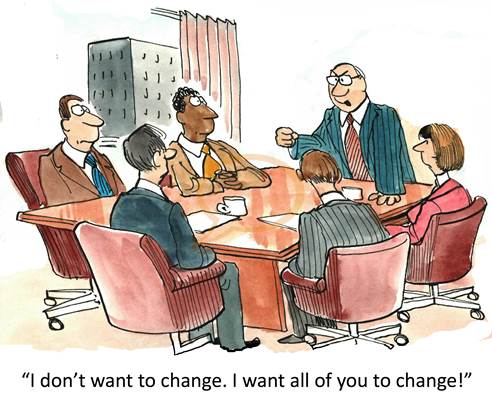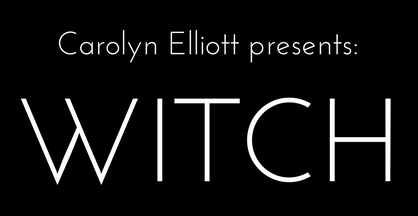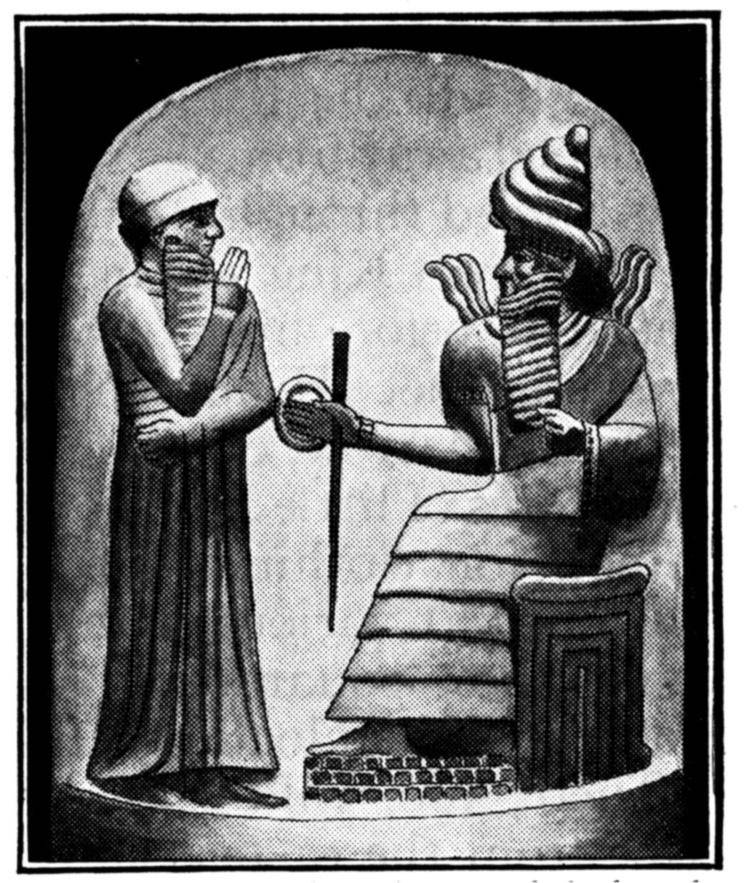My entrepreneurial journey started six years ago. Two years ago I considered that maybe I wasn’t cut out for it. Through many ups and downs, I had never found sustainable financial success. I didn’t understand how to engage with the Marketplace, the plane of existence where buyers and sellers exchange energy representing goods and services.
I had consumed all the marketing advice out there, but for some reason “selling” didn’t work for me. When I did try the generally accepted marketing techniques I felt like a fraud; like I was plugging my soul into the Matrix for evil robots to use to power their coffee machines.
I enrolled in Carolyn Elliott’s THRILL course because I felt it was more in line with my values towards business, but I couldn’t get through the lectures at first. My problem wasn’t instruction, but internal blocks from misunderstanding how the Marketplace worked.

I spent about six months avoiding business completely. I became a cab driver in New York. (Actually a childhood dream of mine ever since I played Crazy Taxi on Sega Dreamcast.) I drove around week after week contemplating experiences and certain realizations hit me.
Something unlocked in me. In a few days I watched all the THRILL lectures I had avoided. Weeks later I launched a course on Sex Transmutation, started coaching again, and over the last year it’s been nothing but motion since.
The realizations that hit me were truths about how the energy moved in the Marketplace. Chogyam Trungpa called money “green energy” because that’s all it is (and it’s not even the primary energy in business as you will see below.) All energy moves in accordance with natural law, no matter what lens through which we look at it.
The Marketplace follows Natural Law.
Just as the lenses of chemistry, physics, biology, occult studies, cooking, gardening, and putting together IKEA furniture, in order to manipulate the energies, we must first observe the laws.
The five points below are by no means the only laws, nor are they “how to” marketing techniques. There is already plenty of great marketing technique advice out there that you can google. I wrote this article because none of that great information could help me for as long as a I was misperceiving the Laws of Marketplace.
These Laws I initially helped me accelerate my original business in the personal development sphere. AND in the recent three months I’ve also started two other cashflow-positive businesses using which I attribute to me being able to see the Marketplace accurately.
I know these understandings will help you no matter what your field is. If your inner entrepreneur has been more dormant than you would like, then this is for you.
1. Marketing is a form of Spellcasting, a method of moving energy.
Halfway through the first lesson of THRILL I closed my laptop. I was offended and appalled that I was being told that I needed an email list. I didn’t want and email list, or a funnel, or any of those marketing nonsense words.
I thought, “I took this course because to make money through magic, NOT marketing.” I realize now this is as silly as saying, “I want to go fishing with a fishing rod, NOT in the water.”
For many I had been putting my fishing line in the desert sand and resenting all the “sellouts” feasting at the lake. I was doing no one a service by resisting the laws of nature.
Marketing is simply a form by which we move commercial energy; just as eating food is the form by which we absorb the energy of the Sun.
I used to hate marketing techniques because I felt they were tricks that a reptilian businessperson created in order to separate people from their cash. In some cases they may be used in that way. But looking deeper they are more like irrigation; Water is going to flow downhill no matter what. You might as well redirect to fertilize your soil. You owe it to the town.
2. The primary currency of business is Attention.
It’s not money and it’s not time. No matter what kind of goods or services you’re offering, a person must give you his or her attention before giving you money or time.
Marketing = mass fascination.
Fascination = consensually captivating someone’s attention.
Not everyone who pays you attention will pay you money. But everyone who pays you money, will have to pay you attention first.
For me, and I believe for many others, this hits on certain fears and insecurities about being an “attention seeker.” Especially in the Internet era, one can’t go more than a few minutes in society without someone or something yelling “Hey look at me!”
We all have a limited bank account of Attention. But unlike money, it can’t really be hoarded. Everyone is going to spend attention throughout the day regardless. The question is whether they invest it wisely, or waste it foolishly.
My business focus is no longer to collect time or money. As secondary currencies, they will come as they come. Instead I focus on creating good investments for people’s attention.
3. People pay Attention to where they get the greatest reward (ROA)
People pay attention to where they will get the greatest Return on Attention.
Return on Attention (ROA) = The positive energy one immediately gains from paying attention to something: pleasurable sensations, engaging emotions, or inspiring ideas.
It’s important to note the “real-time” aspect of ROA. Yes reading a textbook on retirement funds probably would benefit most of us in the future, but for most it’s too boring to engage our attention now, so we probably won’t read it.
I used to be very resentful at the Marketplace because I felt I had valuable information for people’s lives, but my abstract musings couldn’t compete with the high ROA of memes on Facebook or reality television. (No matter what your business is, these attention-drains are your true competition.)
Once I realized the importance of ROA, I noted how lazy and selfish I had been with my online content. It was like I was trying to give people uncooked root vegetables with the claim “hey it’s good for you,” then wondering why they would rather eat the empty-calories of the Philosoraptor.
We owe it to our audience to make our content tasty to consume and easy to digest. It’s an altruistic mission really. If we don’t create immediately items of substance, the world may end up binging on the Kardashians. It’s up to us to save them.
And if we create things that reward people’s attention, we’ll never have to “ask”.
4. Money charged must be proportional to quality of Attention required.
Once we introduce the secondary currency of money into the equation, a few things change; Namely, the quality of attention a person is willing and able to invest.
This may seem like a contradiction to Law #3, but it’s actually a complement.
This article, along with all my blogs and social media videos cost nothing to consume. They also don’t require a large amount of attention to benefit from. You can read this while commuting on public transit, while procrastinating your real work, or sitting on the toilet and you will be able to absorb everything.
But for intensive work, I’d be doing you a disservice by presenting it for free.
When I started coaching I tried very hard to overdeliver. I charged an insanely low amount and gave my clients tons of extra attention. This perhaps came from a combination of genuine generosity and the insecurity that what I had wasn’t good enough on its own.
But the result was I felt overworked and resentful, and the clients didn’t benefit as much as they could have because they didn’t take the work seriously. Sometimes it actually felt like I was bothering them in trying to help them.
Later on when I raised my rates greatly, I felt much better and my clients started getting much greater gains because their attention was more deeply involved.
Since our attention is limited, we all have a natural resistance to giving high quality attention to a single thing, even when we know it’s good for us. Entertainment and pleasure is good enough to capture our disposable attention, but when it comes to making a big attention investment, fun usually isn’t a good enough motivator.
We actually make it easier for our clients and customers to engage with our work when we ask them to pay for it. They will have less resistance in taking our class or using our breadmaker when they have paid a good amount for it.
There is a huge difference between making something free versus low-priced. Free products and services feel like gifts; Gifts feel good to both give and receive. But once you add any sort of price to something, even if miniscule, it is no longer a gift but a transaction. Transactions come with mutual expectations.
When I have clients who are or want to be coaches, I tell them never to charge less than they can make at another job. If that doesn’t feel comfortable, then coach for free till it does. Charging less than that amount they will create boredom on both sides.
If you are going to charge anything, make sure it’s high enough to justify the energy you put in AND a high enough for the customer to justify investing the attention required to engage with the product.
The “right” price for something correlates to how much energy both you and the customer must put in for the customer to get the desired result.
5. Money and customers flow in mysterious ways.
The world of information is like the astral plane. The Internet, for instance, is very literally a non-physical dimension with no perceivable limits.
When we get too caught up in direct cause-effect relationships of “if I do this for them, they will give this to me,” we become trapped in transactions and balancing energetic budgets. That can consume our valuable attention forever if we let it. It’s also a key to scarcity-mindedness and blocking unexpected opportunities.
Sometimes people ask me how many paying clients and students I have. I usually can’t answer off the top of my head. And I feel really good about that.
It’s not that I have so many that I can’t count. It’s that I value prospective clients and paying clients the same, so sometimes I forget who’s who. (The only difference between the two is based on Law #4. Only when we mutually consent to making an ongoing investment of attention, must money get involved.)
This allows me to be unattached to delivering results or “selling”. I simply serve the best that I can, and trust that someone is paying me.
Most of the content I produce is free. Many of the coaching sessions I do are free. Often the positive feedback I get on my work comes from people who will never give me a dime. But I still take the positive feedback as a sign of upcoming abundance. I might invest a lot of time in helping someone for free, then someone else who I barely interacted with will hire me for something else.
I had an employer who used to always say “Energy Out, Energy In,” meaning that if you put enough quality out into the world, good things will come back, even if it’s not from where you expected. The only requirement is that we give with love, and not expect to get something for everything we give.
It’s kind of like commercial karma.
[O]nly the unseen power of love can open the hearts of men and until I master this art I will remain no more than a peddler in the marketplace.
~ Og Mandino, The Greatest Salesman in the World
I’m not saying we should put effort out willy-nilly and expect that checks will randomly end up in our mailbox. We still need to observe and respect natural law. But I am saying that we shouldn’t get caught up nickel and diming everything we do for other people. If we do good work in accordance with Laws of the Marketplace, it will do good by us.
I call them “Laws” because I’ve found them to be true without exception. However the Marketplace as a whole is like a microcosm of the Universe. We can’t comprehend it in it’s entirety. At best, we can observe repeating patterns and try flow in accordance with them.
Observing these Laws have helped me go from being resistant, resentful, and confused, to becoming surrendered, appreciative, and understanding (and spiritually and financially fulfilled).
And I’m sure there is a lot more at work than what I’ve written here. But to speculate any more deeply would create an imbalance of Attention that may cause in a fissure in the fabric of the Marketplace ;)
Merken

